Table of Contents
Principal stress:
The Principal Stress Theory is a concept used in the field of mechanical engineering to analyze the stresses that are acting on a given material. This theory is essential in understanding how materials react to external forces and how they can be designed to withstand such forces.
Stress is a fundamental concept in engineering and mechanics. It is defined as the force per unit area that acts on a body. When a force is applied to a body, the body experiences stress. However, stress is not uniform throughout the body, and it can vary in different directions.
What is Principal Stress?
Principal stress is defined as “The maximum or minimum normal stress acting on a plane. In other words, it is the stress acting on a plane that has no shear stress”.
The Principal Stress Theory states that when an external force is applied to a material, it will deform in a particular way. The theory postulates that there are three types of stresses that are acting on a given material, and each one of them has a specific effect on the material.
The principal stress is important in the study of material failure because the material fails when it reaches its maximum strength in tension or compression.
The three types of stresses are:
Tensile Stress:
This is the stress that occurs when an external force is applied to a material that tends to pull it apart. Tensile stress can cause a material to elongate, and it is commonly seen in structures that are designed to withstand heavy loads, such as bridges and buildings.
Compressive Stress:
This is the stress that occurs when an external force is applied to a material that tends to compress it. Compressive stress can cause a material to shorten, and it is commonly seen in structures that are designed to withstand heavy weights, such as columns and pillars.
Shear Stress:
This is the stress that occurs when an external force is applied to a material that tends to twist or bend it. Shear stress can cause a material to deform, and it is commonly seen in structures that are designed to withstand lateral forces, such as beams and girders.
Types of Principal Stress
The Principal Stress Theory works by analyzing the three types of stresses that are acting on a given material and determining which one is the most significant. The theory assumes that there are two principal stresses that are acting on a given material, and they are: the maximum principal stress and the minimum principal stress.
There are two types of principal stress, namely,
Maximum Principal Stress
The maximum principal stress is the greatest normal stress acting on a plane This stress is also known as the tensile stress, and it is the most significant stress that is acting on the material. It is denoted by σ1 and is found by solving the equations of equilibrium of forces in three dimensions. The equation for the maximum principal stress is given as:
σ1 = ((σx + σy)/2) + √(((σx – σy)/2)² + τxy²)
Where σx is the normal stress in the x-direction, σy is the normal stress in the y-direction, and τxy is the shear stress acting on the plane.
Minimum Principal Stress
The minimum principal stress is the least normal stress acting on a plane. It is denoted by σ3 and is found by solving the equations of equilibrium of forces in three dimensions. The equation for the minimum principal stress is given as:
σ3 = ((σx + σy)/2) – √(((σx – σy)/2)² + τxy²)
Where σx is the normal stress in the x-direction, σy is the normal stress in the y-direction, and τxy is the shear stress acting on the plane.
– Principal Stress in 2D
In two-dimensional stress analysis, the principal stresses can be determined by using Mohr’s circle. Mohr’s circle is a graphical method that represents stresses on a two-dimensional plane. The circle is drawn by plotting the normal stresses on the x-axis and the shear stresses on the y-axis. The intersection of the circle with the x-axis gives the principal stresses.
The equation for the maximum and minimum principal stresses in two dimensions is given as:
σ1,2 = (σx + σy)/2 ± √(((σx – σy)/2)² + τxy²)
Where σx is the normal stress in the x-direction, σy is the normal stress in the y-direction, and τxy is the shear stress acting on the plane.
Derivation of Maximum and Minimum Principal Stresses
The derivation of maximum and minimum principal stresses involves the use of stress transformation equations. These equations relate the stresses in a two-dimensional coordinate system to stresses in another coordinate system that is rotated by an angle θ. The stress transformation equations are given by:
σx’ = σx cos²θ + σy sin²θ + 2τxy cosθ sinθ
σy’ = σx sin²θ + σy cos²θ – 2τxy cosθ sinθ
τx’y’ = -σx sinθ cosθ + σy sinθ cosθ + (σx – σy)sinθ cosθ
where σx, σy, and τxy are the normal and shear stresses in the x-y coordinate system, and σx’, σy’, and τx’y’ are the normal and shear stresses in the rotated coordinate system.
To derive the maximum and minimum principal stresses, we need to find the angle θ that will result in zero shear stress (τx’y’ = 0). This is achieved by setting τx’y’ to zero in the stress transformation equations, which gives:
tan 2θ = 2 τxy / (σx – σy)
The maximum and minimum principal stresses are then given by:
σ1,2 = 1/2(σx + σy) ± 1/2 √(σx – σy)² + 4τxy²
where σ1 and σ2 are the maximum and minimum principal stresses, respectively.
Maximum principal stress
σ1= 1/2(σx + σy) + 1/2 √(σx – σy)² + 4τxy²
Minimum principal stress
σ2 = 1/2(σx + σy) – 1/2 √(σx – σy)² + 4τxy²
Significance of Maximum and Minimum Principal Stresses
The maximum and minimum principal stresses are important in engineering analysis because they represent the extreme values of stress that a material can experience at a point. The maximum principal stress represents the maximum tensile stress, while the minimum principal stress represents the maximum compressive stress.
These stresses are used to determine the failure criteria for a material, as well as to design structures that can withstand the stresses that they will be subjected to.
The orientation of the maximum and minimum principal stresses is important because it determines the direction of crack propagation. Cracks in the material will propagate in a direction that is perpendicular to the maximum principal stress. This information is useful in designing materials and structures that are resistant to cracking.
Solved Examples of Principal Stress Theory:
Example 1: A steel beam is subjected to a tensile force of 20 kN. The beam has a rectangular cross-section with dimensions of 50 mm x 100 mm. Determine the maximum and minimum stresses acting on the beam.
Solution:
Firstly, we need to determine the stress acting on the cross-section of the beam. The stress can be calculated using the formula:
stress = force/area
stress = 20,000 N / (50 mm x 100 mm)
stress = 4 N/mm²
Now, we can determine the principal stresses using the formula:
σ1,2 = (σx + σy) / 2 ± √((σx – σy) / 2)² + τxy²)
σx = σy = 4 N/mm²
τxy = 0 (no shear stress acting)
σ1 = (4 + 4) / 2 + √((4 – 4) / 2)² + 0²
σ1 = 4 N/mm²
σ2 = (4 + 4) / 2 – √((4 – 4) / 2)² + 0²
σ2 = 4 N/mm²
Therefore, the maximum and minimum stresses acting on the beam are both 4 N/mm².
Example 2: A concrete column has a circular cross-section with a diameter of 300 mm. The column is subjected to a compressive force of 50 kN. Determine the maximum and minimum stresses acting on the column.
Solution:
The stress acting on the cross-section of the column can be calculated using the formula:
stress = force/area
stress = 50,000 N / (π x (300 mm / 2)²)
stress = 14.1 N/mm²
Now, we can determine the principal stresses using the formula:
σ1,2 = (σx + σy) / 2 ± √((σx – σy) / 2)² + τxy²)
σx = σy = 14.1 N/mm²
τxy = 0 (no shear stress acting)
σ1 = (14.1 + 14.1) / 2 + √((14.1 -14.1)/2)²+ 0²
σ1 = 14.1 N/mm²
σ2 = (14.1 + 14.1) / 2 – √((14.1 -14.1)/2)²+ 0²
σ2 = 14.1 N/mm²
Applications of the Principal Stress Theory
The Principal Stress Theory has several applications in the field of mechanical engineering. Some of these applications include:
1. Material Design: The Principal Stress Theory is used to design materials that can withstand external forces. By analyzing the stresses that are acting on a given material, engineers can design materials that are strong enough to withstand these stresses.
2. Structural Design: The Principal Stress Theory is used to design structures that can withstand external forces. By analyzing the stresses that are acting on a given structure, engineers can design structures that are strong enough to withstand these stresses.
3. Failure Analysis: The Principal Stress Theory is used to analyze the causes of failure in structures and materials. By analyzing the stresses that are acting on a failed structure or material, engineers can determine the cause of the failure and take steps to prevent it from happening again.
Also, read Numerical Control (NC) Procedure



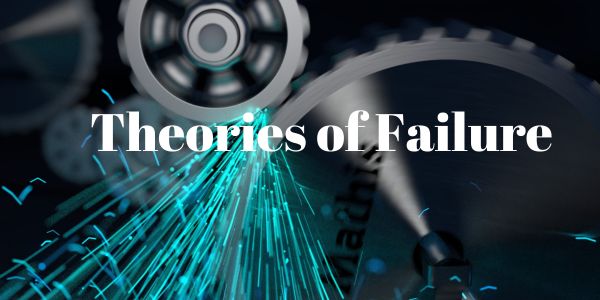
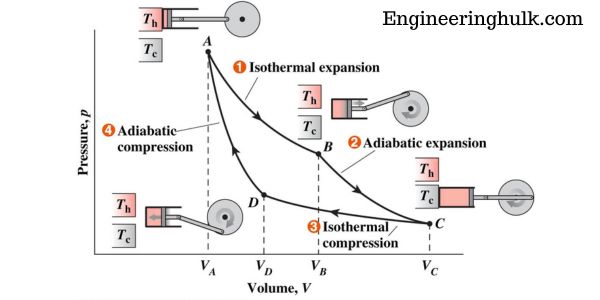
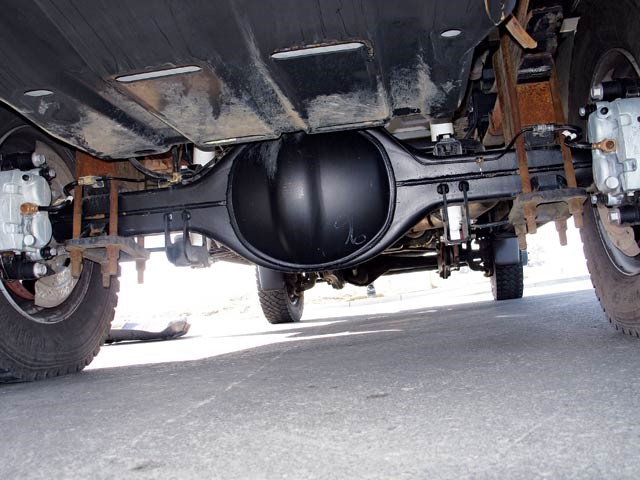


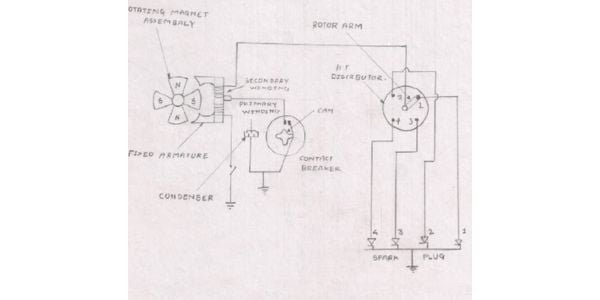


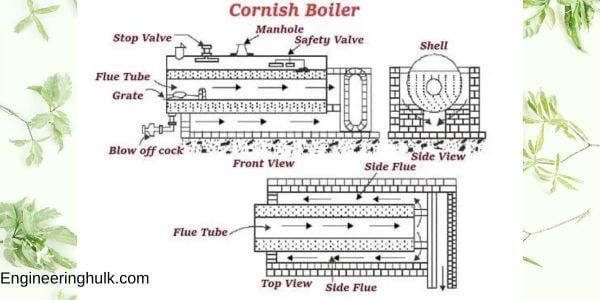

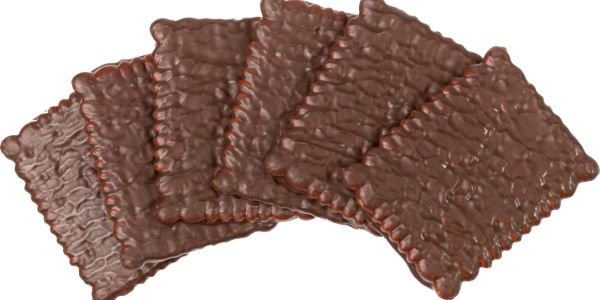



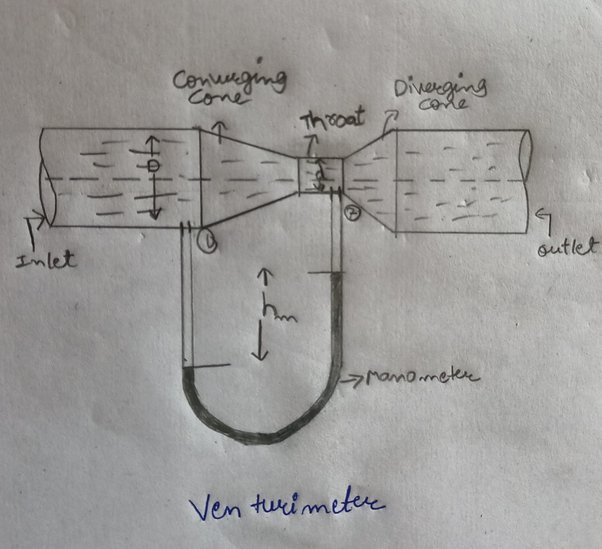

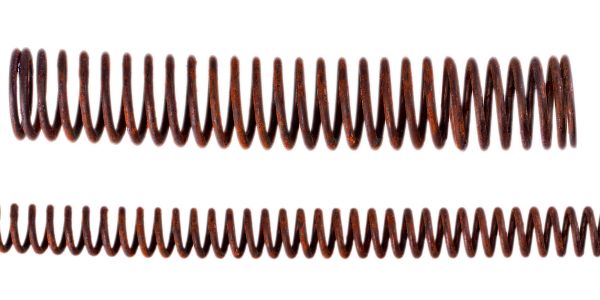
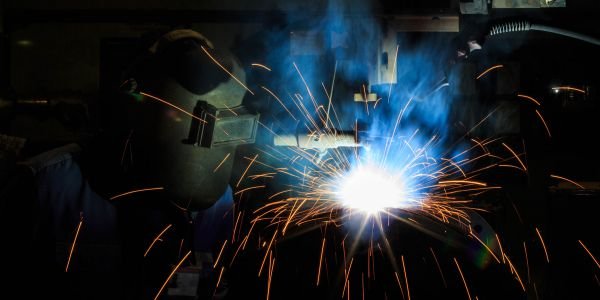
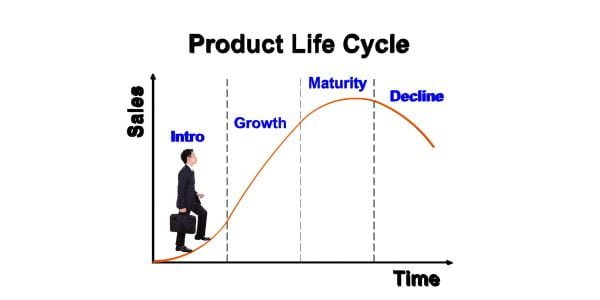

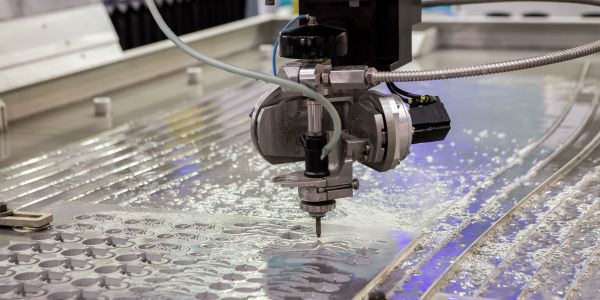
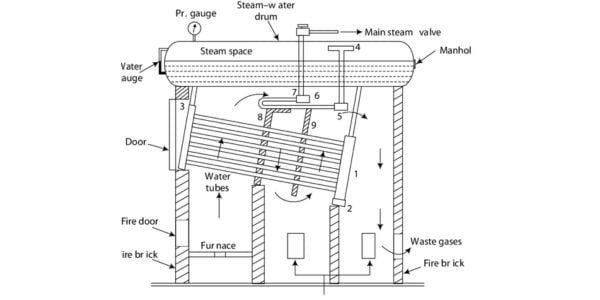


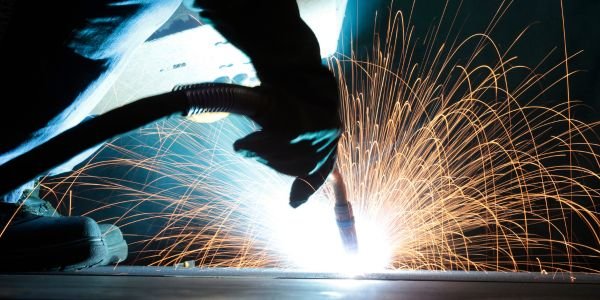
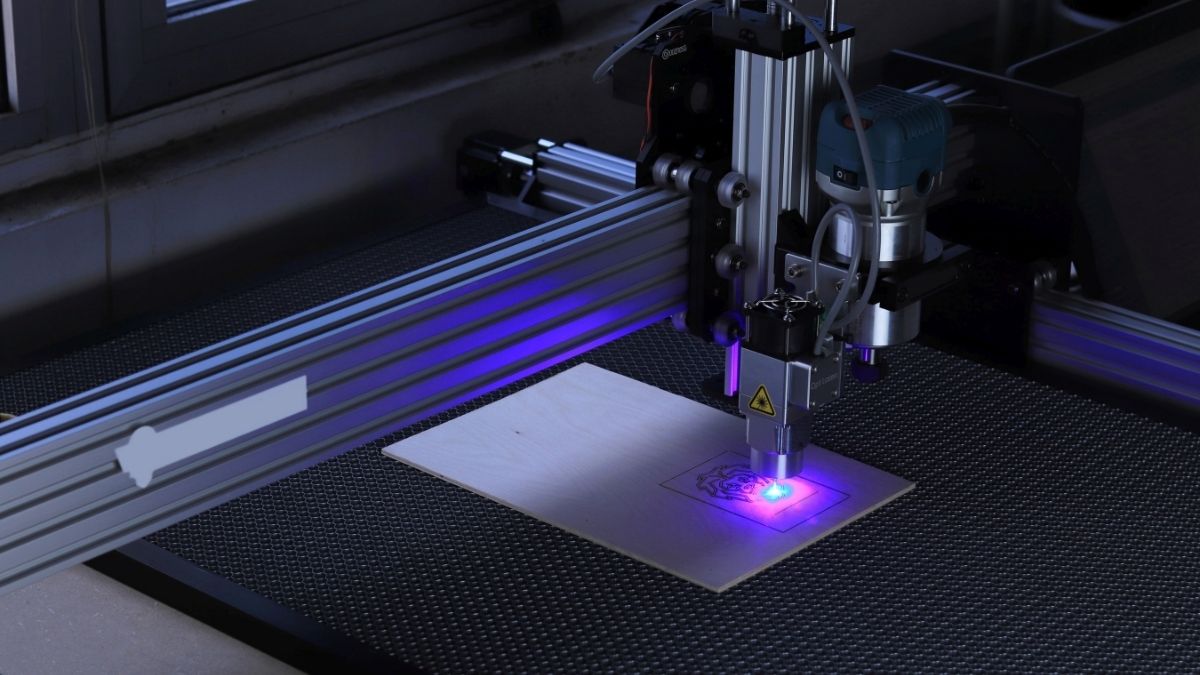

Comment on “Principal Stress – Types, significance, & Solved Examples”
Comments are closed.